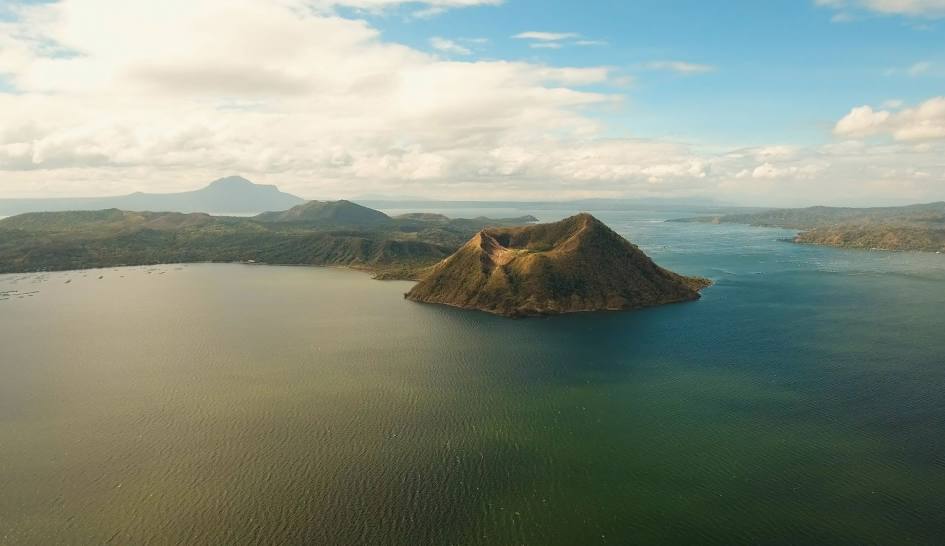
The Taal Volcano
Taal Volcano stands as a natural marvel in the Philippines, captivating the imagination with its ethereal beauty and geological significance. Nestled within a vast caldera filled with a serene lake, this volcanic complex is both enchanting and enigmatic. In this exploration, we embark on a journey to unravel the intricate tapestry of Taal Volcano, delving into its geological formation, historical eruptions, ecological significance, and cultural resonance.
Taal Volcano is situated on the island of Luzon, approximately 50 kilometers south of Manila, the capital of the Philippines. What sets Taal apart is its unique geological structure—a volcanic island within a lake, within a volcanic caldera. The volcano is part of the Pacific Ring of Fire, a region known for its intense volcanic and seismic activity.
Geological Formation
The complex geological history of Taal dates back thousands of years, characterized by a series of volcanic eruptions and caldera collapses. The present-day caldera, known as Taal Caldera, was formed by a cataclysmic eruption around 500,000 to 100,000 years ago. Within this caldera, subsequent volcanic activity gave rise to several volcanic cones, including the main crater where the current activity is centered.
The Crater
At the heart of Taal Volcano lies its main crater, a captivating expanse of volcanic landscape characterized by a central lake known as Crater Lake. This lake fills the caldera formed by previous eruptions and serves as a stunning backdrop to the steaming vents and fumaroles that dot the crater floor. Crater Lake is renowned for its otherworldly beauty, with its tranquil waters reflecting the surrounding volcanic peaks.
History
Throughout its history, Taal Volcano has been one of the most active volcanoes in the Philippines, with numerous eruptions documented over the centuries. The most significant eruptions include the 1754 eruption, which formed the current main crater, and the devastating 1911 eruption, which claimed thousands of lives and left a lasting impact on the surrounding landscape.
Recent Activity
In recent decades, Taal has exhibited periods of unrest, with seismic activity and increased gas emissions signaling potential volcanic activity. The most notable eruption in recent history occurred in January 2020 when Taal erupted explosively, sending ash plumes soaring into the sky and prompting evacuations of nearby communities. The eruption highlighted the ongoing risk posed by Taal and underscored the need for continued monitoring and preparedness efforts.
Ecological Significance
Beyond its geological and historical significance, Taal Volcano is also a vital ecological habitat, supporting diverse flora and fauna within its crater and surrounding areas. The volcanic soils of Taal support lush vegetation, including rare and endemic plant species adapted to the harsh volcanic environment. The lake itself is home to unique aquatic species, while the surrounding forests provide habitat for birds, mammals, and reptiles.
Culture
Taal Volcano holds a special place in Filipino culture and folklore, with myths and legends woven around its majestic presence. It has inspired artists, writers, and poets for generations, its iconic silhouette often depicted in paintings and literature. The nearby town of Tagaytay offers panoramic views of the volcano, attracting tourists and visitors seeking to witness its beauty firsthand.
Challenges
Despite its natural splendor, Taal Volcano faces various challenges, including the pressures of tourism, habitat destruction, and the constant threat of volcanic activity. Conservation efforts are underway to protect the fragile ecosystem of Taal and mitigate the risks posed by future eruptions.


